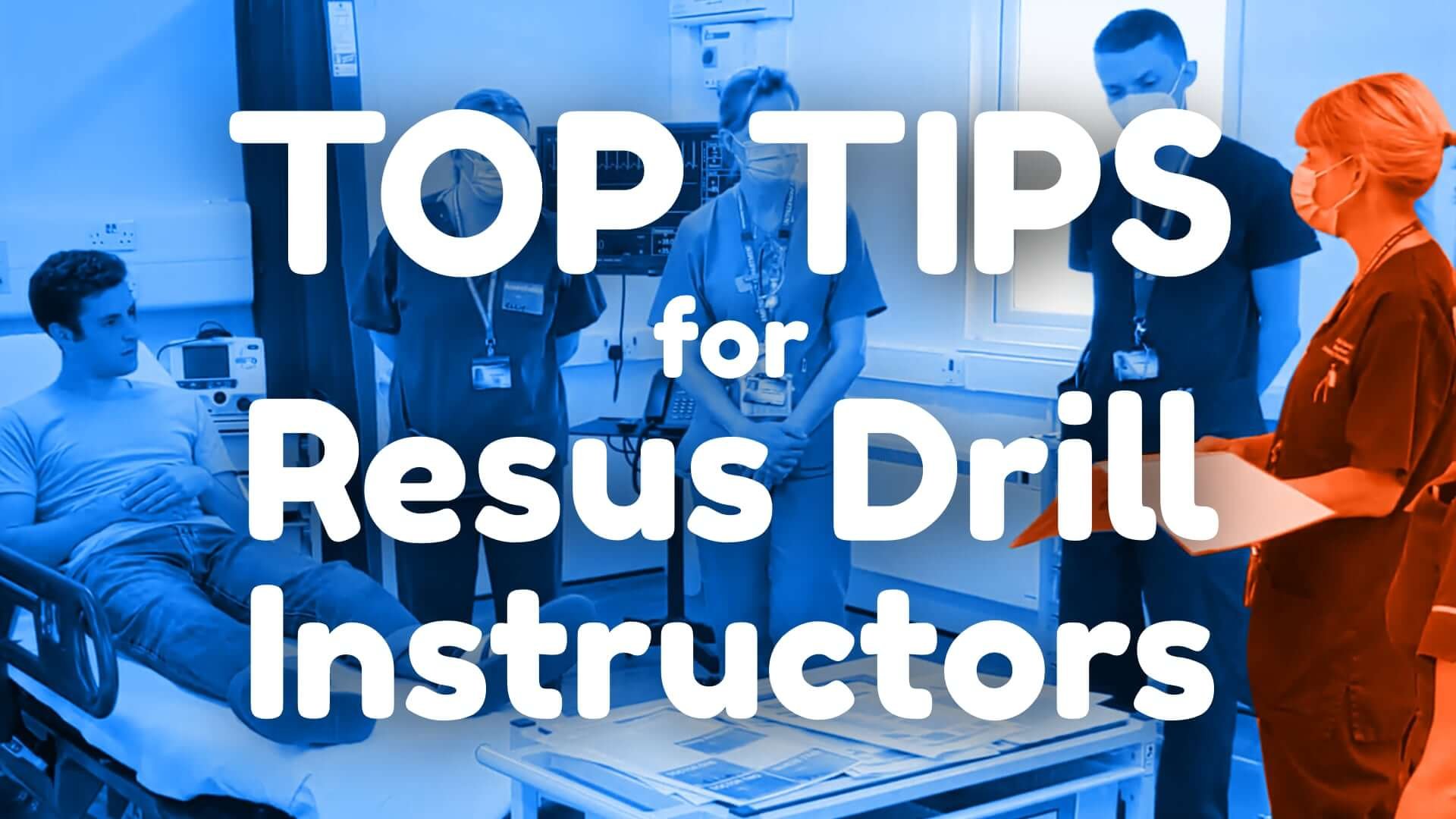Adults ER Drill: Team Comms wearing AGP PPE
COVID-19 has presented many new challenges to all of us working in Emergency Medicine. In particular, communicating whilst wearing PPE (especially Aerosol-Generating-Procedure level PPE). No situation tests a team’s skills more than dealing with an unstable critically ill patient, requiring immediate care.
As a result, the EM3 education team has been trialling two new simple, low-fidelity simulation drills (one adult, one paediatric) focussing on non-verbal communication in the Emergency Department. The content of the two drills are similar. Over the last several weeks, approximately 200 members of staff (all grades and backgrounds) have participated. Feedback has been overwhelmingly positive.
We primarily designed these drills to improve communication skills for those that were struggling to be heard whilst wearing AGP-level PPE.
Our secondary aims were to establish the role of the ‘Runner’ (an allocated person who is outside the direct patient contact zone, that fetches equipment and communicates between clean and dirty zones); to encourage team leadership through clear tasking, receptive to incoming information, and to practice safe infection control.
Our approach
We chose a medical scenario that required multiple processes to occur in a timely manner, challenging the team’s ability to…
Tasking someone, e.g. activate massive haemorrhage protocol
Passing something between dirty and clean zones, e.g. VBG for analysis, IV meds to patient
Fetching something, e.g. O negative red cells
Communicating via telephone, e.g. contact Gastro/ICU
Pre-drill (5 mins)
We established the following rules for staff…
No-one would be allowed to speak throughout, but they could hear sounds such as the patient vomiting or monitors alarming.
Team members would act within their role.
Tasks would be realistic and run in real time.
Next, we taught some simple hand gestures and how to appropriately use whiteboards to communicate during the scenario.
During the drill (7 mins)
Staff members were given two minutes preparation time to assemble their team. At minimum this consisted of a senior doctor, a junior doctor and two nurses. A staff member acted as the patient.
The scenario then ran for five minutes with learning outcomes focussed on:
Effective exchange of information, e.g. closed-loop feedback, team members understood the task requested
Team leader being receptive to information, e.g. noticed someone trying to communicate
Effective team-working, e.g. relayed messages successfully to deliver critical treatments rapidly, the Runner understood their role
Safe infection control measures, e.g. Runner remained in clean zone, no PPE breaches observed
Post-drill (5 mins)
We allowed for staff to reflect on their experiences from the drill. Here are a few positive comments that we captured via written feedback:
“An eye-opener! Very relevant given the current circumstances around COVID-19.”
“Novel and imaginative.”
“I had an opportunity to reflect in a safe training environment.”
“The whiteboards helped maintain control of the team.“
Any ideas generated have been considered for implementation at a strategic level to continually improve patient care in the Emergency Department. Here are some examples:
A need for different coloured whiteboard pens to better emphasise urgency of tasks.
Personalised stickers with names and roles visible to staff and patients.
Critical interventions log/paperwork at hand to document patient progress.
Re-run (5 mins)
We would then have another five minutes to re-run the scenario to give everyone a chance to practice what they had learned.
From our previous experiences with running drills, we found that this was an important step to include as staff would often leave much more confident knowing that they had an opportunity to demonstrate improved skills. This way of teaching results in participants feeling much more positive about the learning experience overall.
What you will gain from running this drill
An opportunity to provide an educational experience with an inter-professional team.
An enjoyable experience where you can see immediate improvements in staff morale.
You can download everything you will need to run this drill for your own department by clicking on the button below. Our content is provided under a Creative Commons (CC BY-NC-SA 4.0) International License, so feel free to adapt for your own uses as needed.










